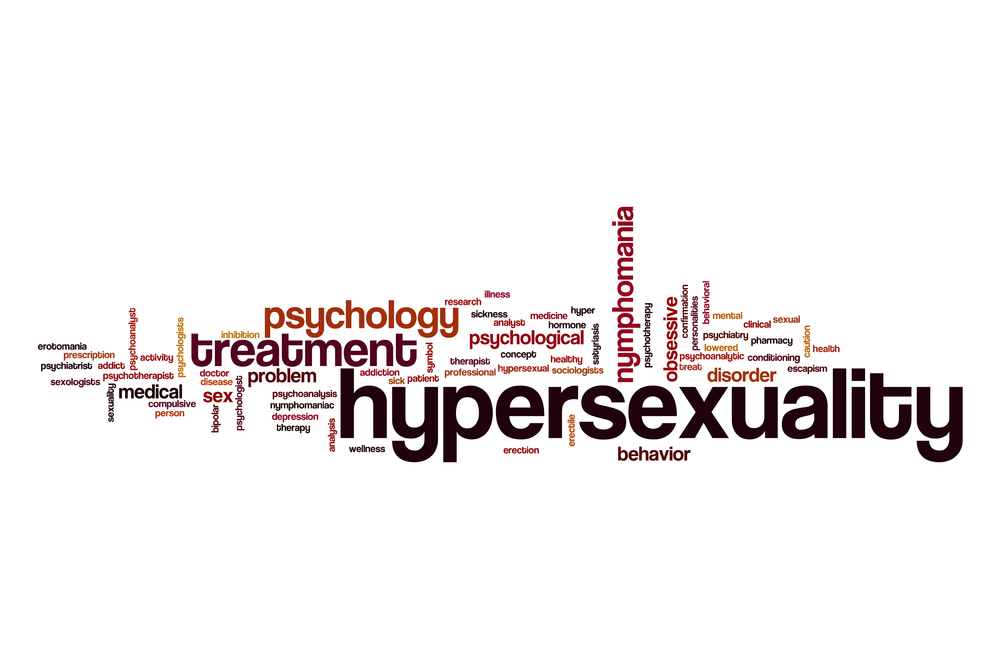Understanding Hypersexuality and its Risk Factors
Hypersexuality is an obsessive-compulsive disorder characterized by uncontrollable sexual desires and obsessions that significantly affect wellbeing and daily functioning. This article briefly discusses the diagnosis, causes, and treatments of this disorder.
Diagnosing Hypersexuality
The International Classification of Disease (ICD 11) diagnoses ‘Compulsive Sexual Behaviour Disorder according to the following criteria (1):
- Repetitive sexual activities become a central focus of the person's life to the point of neglecting health and personal care or other interests, activities, and responsibilities.
- A person makes numerous unsuccessful efforts to significantly reduce repetitive sexual behaviour.
- The pattern of failure to control intense, sexual impulses or urges and resulting repetitive sexual behaviour causes marked distress or significant impairment in personal, family, social, educational, occupational, or other important areas of functioning.
- A person continues repetitive sexual behaviour despite adverse consequences.
- A person continues the engagement in repetitive sexual behaviour despite deriving little or no satisfaction from it.
Causes and Risk Factors
- Imbalance in Brain Chemicals: Elevated levels of the neurotransmitters serotonin, dopamine, and norepinephrine lead to more impulsive behaviours, thus increasing the risk of hypersexuality (2). As with substance abuse disorders, sexual stimulation can lead to the formation of new neural reward pathways.
- Childhood Sexual Abuse: Sexual abuse during childhood can have devastating effects on one’s perception of intimacy and healthy sexual behaviour. Again, increasing the risk of developing hypersexuality later in life (3).
- Bipolar Disorder: Hypersexuality and risky sexual behaviours are common symptoms of a manic bipolar episode. These need to be managed to prevent the potential spread of sexually transmitted infections (4).
- Pornography Access: Sexual content is widely available and easily accessible on the internet, with little to no regulation. Furthermore, sexualized content is becoming increasingly common across social media, posing a great danger by creating an unrealistic and potentially harmful view of sex amongst youth today.
Treatments
Seeking treatment can be very difficult as these behaviours may become normalized by the individual. And when there is recognition that these behaviours are becoming obsessive or harmful, seeking help can be complex given the stigma and subsequent embarrassment that can, unfortunately, come with the disorder. Still, most therapists are experienced with this disorder, and these treatments below can be given:
Psychotherapy:
- Cognitive Behavioural Therapy (CBT) is effective and involves working with the patient to reconsider and control their impulsive behaviours to become more rational (5).
- Acceptance and Commitment Therapy (ACT): This aspect of CBT encourages one to accept and face their compulsions and not act on them, taking a mindfulness-based approach to behaviour change.
Medication:
- Mood Stabilisers: They are typically used to reduce urges, particularly in patients with bipolar disorder.
- Selective Serotonin Reuptake Inhibitors: SSRIs have mixed support due to their ability to reduce hypersexuality. Studies find drugs such as fluoxetine to reduce hypersexuality for some and increase sex drive for others (6).
- Antiandrogens: These block androgen receptors, which leads to reduced levels of sex hormones in the body like testosterone, thus reducing sex drive.
Written by: George Hatton







Comments (1)
Great article. Short but very informative.